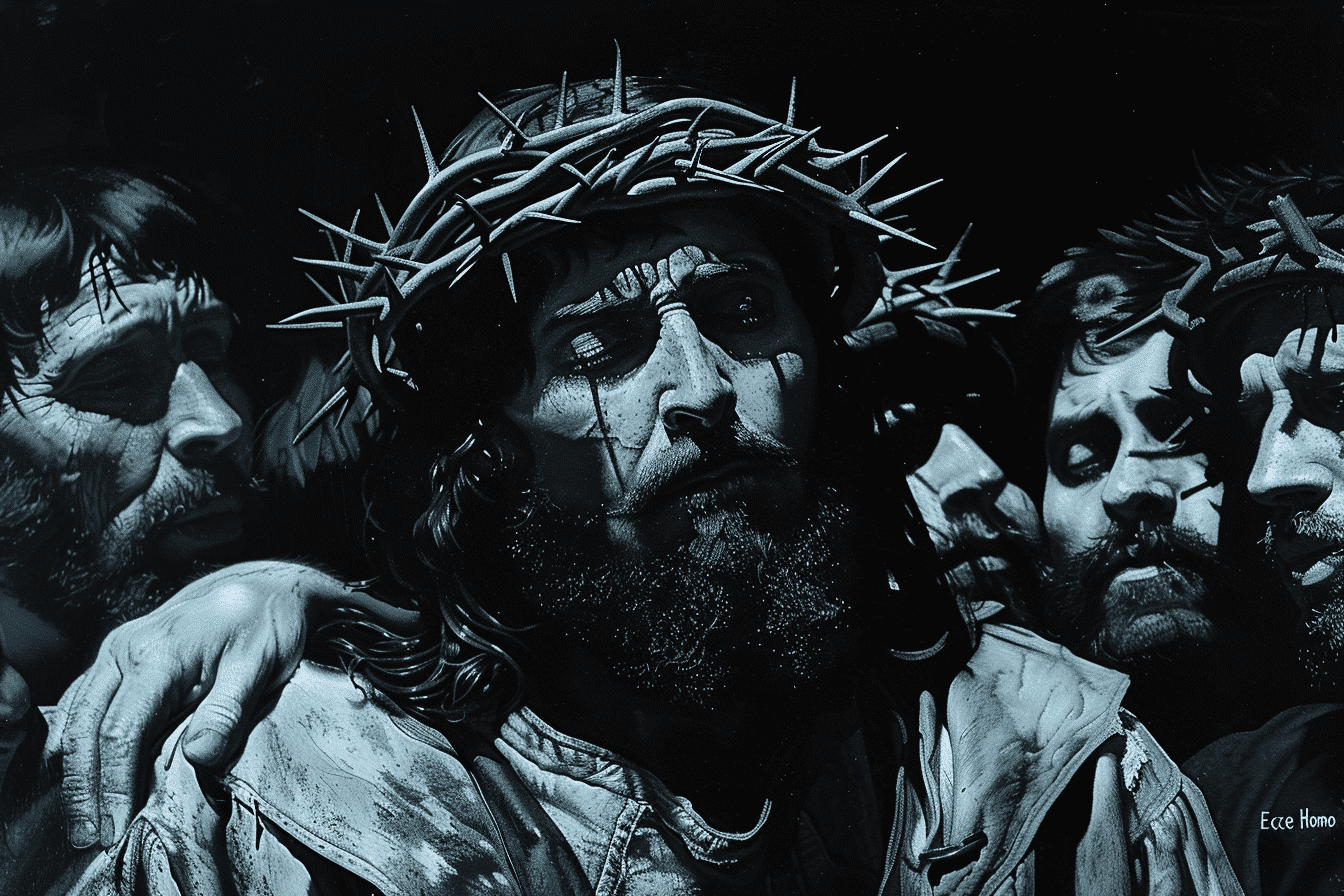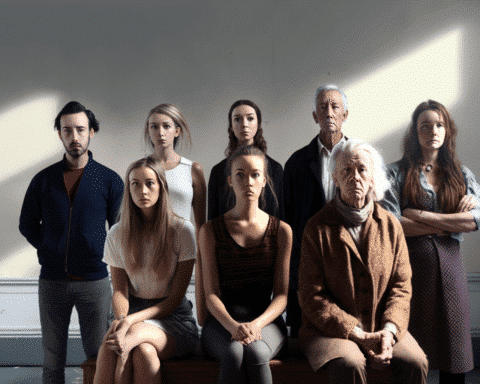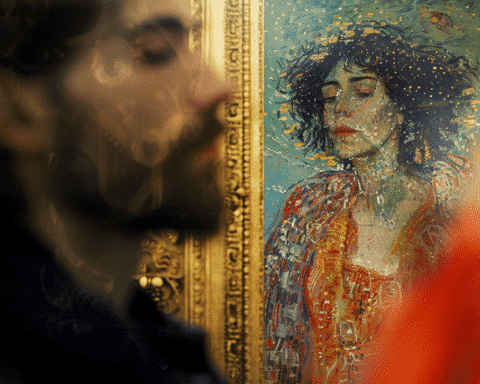In a stunning revelation, Madrid’s renowned Prado Museum announced the public display of a long-lost masterpiece by Caravaggio, the celebrated Italian baroque painter. The artwork “Ecce Homo” (Behold the Man), which had vanished from the art world since the 19th century, was recently rediscovered, marking a monumental moment in art history. This exhibition revives a pivotal piece of cultural heritage and showcases the dramatic interplay of light and shadow characteristic of Caravaggio’s work.
The Rediscovery of a Treasure
“Ecce Homo” resurfaced under dramatic circumstances when it was nearly sold at an auction in Spain for a mere fraction of its actual value, initially mistaken for the work of an unknown Spanish artist. The painting’s journey from obscurity to prominence began when art experts intervened, halting the auction in 2021. This intervention was pivotal, leading to the recognition of the painting’s actual creator. David Garcia Cueto, the head of the department of pre-1800 Italian and French painting at El Prado, expressed his excitement: “We can now fully enjoy all the nuances, all the subtleties, the enormous beauty that Caravaggio expresses through his version of the Ecce Homo.”
Caravaggio’s Technique and Legacy
Caravaggio, who lived a brief and tumultuous life, dying in 1610, pioneered the “chiaroscuro” technique, which uses light and dark contrasts to bring dramatic intensity to his subjects. “Ecce Homo,” painted between 1605 and 1609, depicts Jesus Christ adorned with a crown of thorns, embodying the pain and solemnity of his fate. This work, believed to have once been part of King Philip IV of Spain’s collection, highlights Caravaggio’s profound influence on baroque art and his ability to convey deep human emotions.
A New Home at El Prado
The painting’s current owner, an international art collector based in Spain, has agreed to a display arrangement with the Prado Museum that extends until October, with potential plans for a permanent exhibition. This collaboration underscores the collector’s desire to share this significant piece with the public. The museum’s ability to host such a masterpiece indefinitely offers art enthusiasts and scholars a continuous opportunity to engage with Caravaggio’s work and its historical context.
“Ecce Homo” by Caravaggio, now on display at the Prado Museum, not only enriches Spain’s cultural landscape but also serves as a testament to the enduring legacy of baroque art. This exhibition allows visitors to experience firsthand the brilliance of Caravaggio’s artistic vision, providing insight into his work’s historical and emotional depth. As the painting invites admiration and scholarly analysis, it stands as a beacon of the transformative power of art recovery and preservation.




